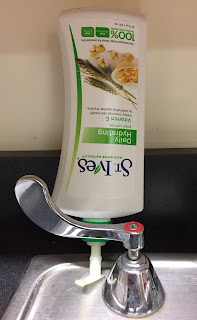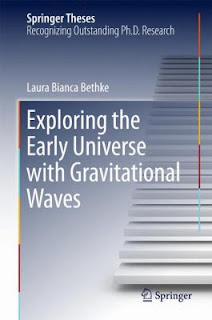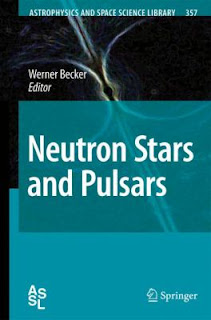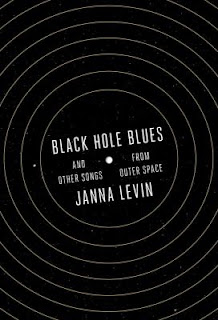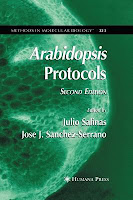(from Inside Science) -- "Sometimes science solves longstanding mysteries like gravitational waves, or finds one of the fundamental building blocks of the universe called top quarks.
"Or sometimes science just helps with some of life’s little frustrations -- like getting the last drop of shampoo out of the bottle. There’s just no getting around it -- no matter how much you squeeze or shake a shampoo bottle -- there’s always going to be some left behind.
"Now scientists have invented a coating for the inside of bottles, so getting every last drop out is finally achievable.
"The lotus leaf's bumpy surface, which lets liquids roll right off, led the researchers to create a coating for the inside of bottles made of tiny nanoparticles. If you could look at the coating under a microscope, you would see a tiny "y” that cradles droplets of shampoo, which are balanced on top of a tiny bubble of air. This minimizes the contact between the shampoo and the inside of the shampoo bottle.
"The video shows shampoo and laundry detergent sticking to an uncoated surface and then as shampoo and detergent slide off a surface treated with the new coating. 'We can create a structure which will repel liquid but we’d like to make sure it does it for a long period of time,' said Bhushan. Once the coating is perfected it will be several years before we can buy products that use the coating in their bottles. So, until then, keep storing bottles upside down or give them a good shake."
© 2016 American Institute of Physics --Emilie Lorditch, Staff Writer, Inside Science

